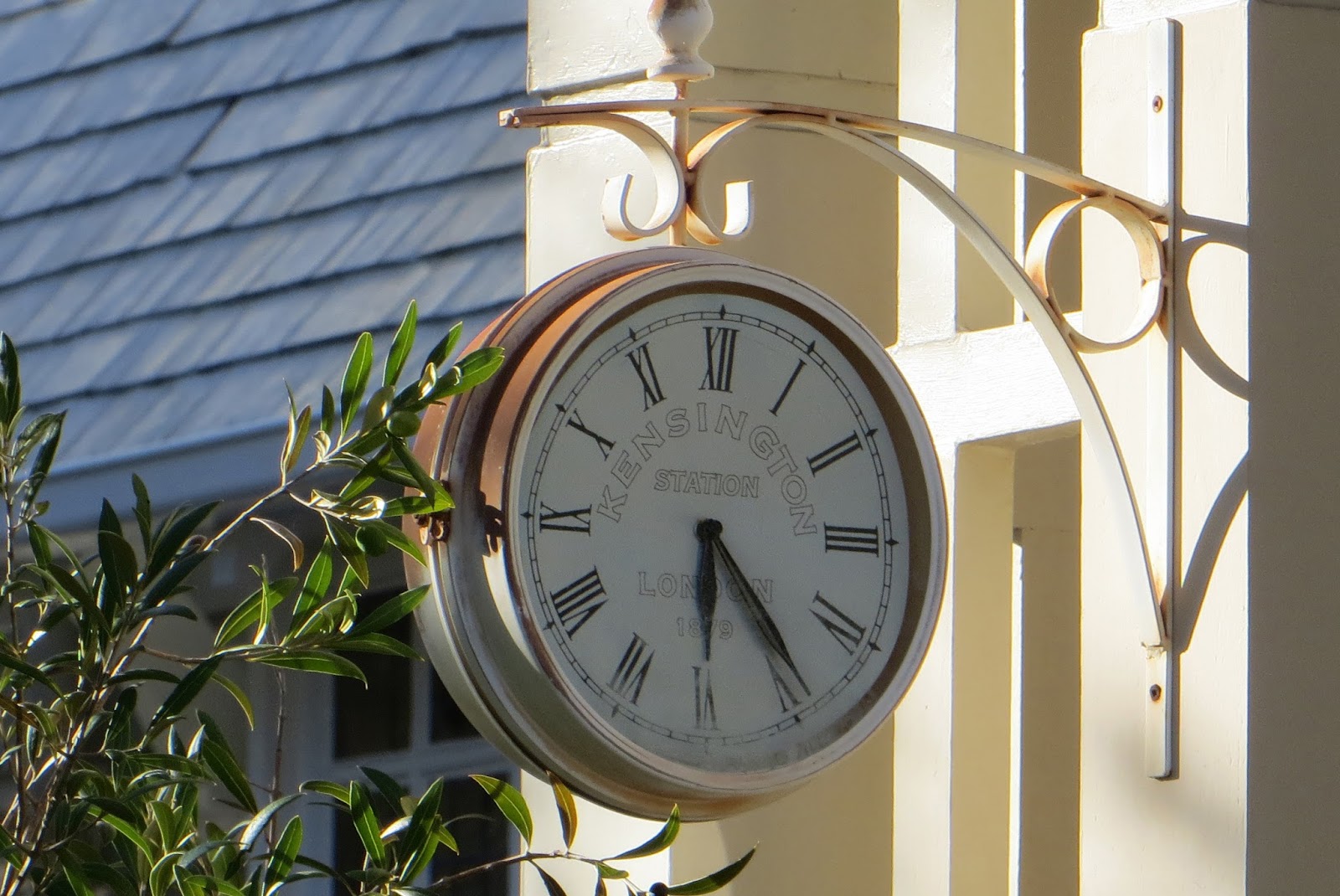For those who live outside New
Zealand and Australia
I have memories of cold, often rainy days from my childhood
and teenage years, when I joined my parents to watch the Dawn Service, and,
when I was a Girl Guide, we joined the march with soldiers, old and young, to
the local cenotaph to join in the commemorations. At both primary and high
schools, we always had a memorial service and I remember, as head prefect,
having to recite to a full assembly those poignant words from the Ode of Remembrance:
They
shall grow not old, as we that are left grow old:
Age
shall not weary them, nor the years condemn.
At the
going down of the sun and in the morning,
We will
remember them.
In 2008, I was privileged to attend the Anzac Day
commemorations at Gallipoli, in Turkey
This year, for the first time, I attended the Anzac Day
service at Auckland
War Memorial
Museum in Auckland Domain
This War Memorial Museum ,
opened in November 1929, is a living, functioning memorial to all the men and
women from the greater Auckland
A local firm of architects, Grierson, Aimer and Draffin,
designed the Museum with a façade of Doric columns that resemble the Parthenon
in Athens, and a small hillock was removed from in front of the building, so
the Museum could be seen from the sea, just like the temples the returning
servicemen had seen on the shores of the Mediterranean countries where they had
been fighting.
 |
| The First World War Sanctuary |
 |
| Stained glass windows at either end of the World War Two Hall of Memory commemorating the Battles of Britain and the River Plate, and honouring the airforce and navy respectively. |
 |
| World War Two Hall of Memory |
The second floor of the Museum is devoted to
memorials of war. The Rolls of Honour for the First and Second World Wars are
engraved in white Sicilian marble set into the walls, as well as being
contained in handwritten leather-bound volumes.
The ‘Scars on the Heart’ exhibition covers the New Zealand civil wars and the 19th-century Anglo-Boer War, as well as the First and Second World Wars, the conflicts in Asia and the New Zealand military’s involvement in more recent United Nations peacekeeping missions. There is also a military information centre, The Armoury, with copious resources for researchers of military history and for families wanting to trace their own ancestors’ military service.
The exterior of the building is also an integral part of the war memorial, conveying information about the battles in which New Zealanders fought and honouring those brave men and women who served their country in those bloody and difficult times.
The ‘Scars on the Heart’ exhibition covers the New Zealand civil wars and the 19th-century Anglo-Boer War, as well as the First and Second World Wars, the conflicts in Asia and the New Zealand military’s involvement in more recent United Nations peacekeeping missions. There is also a military information centre, The Armoury, with copious resources for researchers of military history and for families wanting to trace their own ancestors’ military service.
 |
One of the displays
|
The exterior of the building is also an integral part of the war memorial, conveying information about the battles in which New Zealanders fought and honouring those brave men and women who served their country in those bloody and difficult times.
 |
| Around the exterior of the building is a frieze. The First World War frieze depicts 44 battle scenes; the Second World War frieze depicts members of the armed services, including nurses. |
 |
| Engraved above each window is the name of a battle or campaign in which New Zealanders fought. |
 |
The water feature in front of the Cenotaph is engraved with the Ode of Remembrance.
|





































.JPG)


.JPG)





.JPG)

.JPG)

.JPG)
